Snakeskin
Contents
- 1 Snake leather
- 2 Python leather
- 3 Cobra leather
- 4 Water snake leather
- 5 Boa constrictor
- 6 Kingsnake
- 7 Anaconda
- 8 Viper leather
- 9 Vine snake - Whip snake
- 10 Rattlesnake
- 11 Leather and imitation leather with snake leather embossing
- 12 Snake leather - leather care
- 13 Video about leather of different animal species
- 14 Other exotic leather
Snake leather
The most common species of snakes used in snakeskin are the python (reticulated python, rock python and ball python). However, other types of snakes are also processed into leather.
Snake leather is usually processed into bags, belts or shoes. As there are many snake species, there are also many snake leather types.
The production of snakeskin required special know-how, as snakeskin is very delicate and must be treated carefully in order to preserve its unique structure and pattern.
There has been a shift in attitude towards snake leather: It used to be regarded uncritically, but that is no longer the case. Exotic leathers are no longer considered desirable materials. Killing animals solely for their skin is mostly no longer accepted from an animal welfare perspective. Also, fewer and fewer consumers are adorning themselves with objects made of snake leather due to conservation concerns.
Python leather
Python leather is the most common snake leather type. The use of python leather has a long history, dating back to the ancient cultures of Egypt, Greece and Rome. In these cultures, python skin was used for royal robes, jewelry, and accessories. It was considered a symbol of power, prestige and luxury. Through the ages, python leather has retained its status as a high quality material.
In modern times, python leather has become a popular material in the fashion and accessory industries. It is used in the manufacture of luxury handbags, shoes, belts and other accessories. Python leather is known for its striking scaled surface and distinctive pattern that gives each product an exotic look.
Pythons are native to various parts of the world, particularly tropical and subtropical regions. Pythons are found in Africa, Asia and Australia. Today, pythons are bred specifically for leather-making in many countries to meet the need for python leather and reduce the wild-caught trade. Countries where breeding of pythons for the leather industry occurs include Thailand, Indonesia, Malaysia and other countries in Southeast Asia. Many python species are protected species. However, the animals are often caught in the wild and then kept on farms. The best hides come from animals over 10 years old. The expense of breeding would not be profitable enough for such a long period of time.
Python leather. A python's skin can grow very large.
Leather of Python snakes from Indonesia (photos from Afriwest General Trading LLC).
Leather shoes and leather boots made of python leather.
Python stretch leather trousers.
Suitcase made of python leather.
Leather handbags from the collection of Ms. Ursula Kayser from Göttingen in Germany.
Handbag made of Indian python (black-tailed python or Indian rock python), seen in the DLM - German Leather Museum in Offenbach.
Python leather handbag of www.mygretchen.com and belt made of python leather.
Python leather handbag, finished with a pigment colour layer and ironed.
Cobra leather
Cobra snake, seen in the DLM - German Leather Museum in Offenbach.
The Indian cobra (spectacled cobra, Asian cobra or binocellate cobra) is 1.2-1.7 metres long and is a subspecies of the cobra. Indian cobras are dangerous poisonous snakes. The spectacle cobra has the typical mark on the back of the head, reminiscent of glasses. The coloration of the skin is usually brownish.
The Washington Convention on Species Protection provides rare animals with worldwide protection. Trade in Indian cobras and products therefore is prohibited. When the trade was still permitted, e.g. handbags were produced from cobra skin.
Cobra leather handbag from India from the end of the fifties, early sixties.
Cobra leather suitcase from 1982.
Leather of the Indian cobra has a distinctive marking (spectacle pattern on the snake's hood).
Biker wallet made of cobra leather.
Belt made of cobra leather, seen in the DLM - German Leather Museum in Offenbach.
Leather vest made of cobra leather.
Water snake leather
Leather of a water snake from Indonesia (photos from Afriwest General Trading LLC).
Water snake leather handbag from about 1920 (left and right from the collection of Ms. Ursula Kayser from Göttingen in Germany, middle on of www.mygretchen.com).
Boa constrictor
Boa Constrictor as parchment.
Boa constrictor chrome tanned.
Drum covered with boa leather from Salvador da Bahia in Brazil.
Kingsnake
Kingsnake skin as parchment.
Anaconda
Anacondas live in many parts of South America. The great anaconda is one of the largest snakes in the world. The anaconda is not a protected species. The skin of the anaconda is processed into shoes, belts or bags.
Handbag from 1946 from the DLM - German Leather Museum in Offenbach. - Skin of the moulting of an anaconda (Bookbinding Zerbst).
Viper leather
Viper leather has a similar scale structure to that of snake skin.
Leather wallets made of viper leather, seen in Argentina.
Vine snake - Whip snake
Leather handbag made of whip snake skin of 1990 from Pakistan.
Seen in the DLM - German Leather Museum in Offenbach.
Rattlesnake
The leather of the rattlesnake is also processed. Even the rattle can be purchased.
Biker wallet made of leather of the rattlesnake.
Leather and imitation leather with snake leather embossing
Cow leather and other types of leather can be embossed with different motifs. Synthetic leather can also be provided with a three-dimensional snakeskin-look. Since snake leather has distinctive sheds, they are not easy to copy. Good copies look very realistic, and only leather experts can recognise the difference.
Leather bag with embossing in python-look.
Cow leather with snakeskin embossing. The scales are copied realistically.
Old trunk radio with artificial leather in python-look.
Synthetic leather handbag with snakeskin-look.
Snake leather - leather care
Due to the shed structure, special care must be taken when cleaning and caring for snakeskins. The sheds often roll and lift up with time and cannot be glued back down. However, improper handling can worsen this effect. Never wipe against the direction of the scales when cleaning and caring!
-
 How to clean and protect snake leather
How to clean and protect snake leather
-
 More help and advice: www.colourlock.com.
More help and advice: www.colourlock.com.
Video about leather of different animal species
Leather of different animal species - Exotic leather.
Other exotic leather
- Alligator leather
- Alpaca fur
- Antelope leather
- Armadillo leather
- Bird leather
- Bull testicles
- Caiman leather
- Camel leather
- Carpincho leather
- Cat fur
- Chicken leather
- Crocodile leather
- Dog leather
- Donkey leather
- Elephant leather
- Fish leather: Eel, shark, salmon, moray eel, stingray and many others
- Frog leather - Toad leather
- Giraffe leather
- Hippo Leather
- Horsehide - Horse leather
- Kangaroo leather
- Llama Fur
- Lizard leather
- Ostrich leather
- Pangolin leather
- Peccary leather
- Rumen leather
- Sealskin leather
- Turtle skin
- Walrus leather
- Yak leather
- Zebra hide







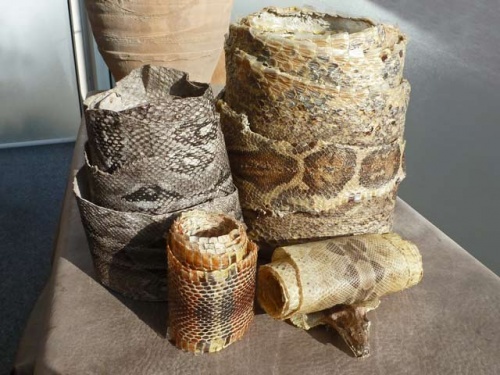
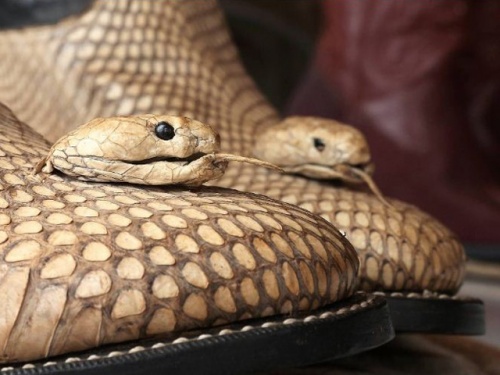
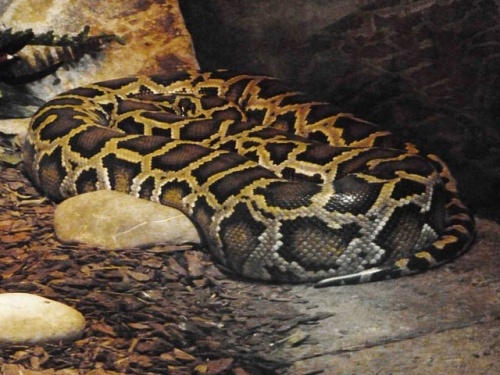
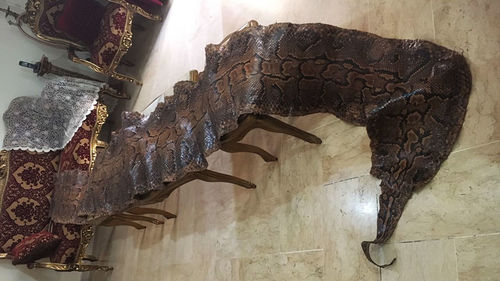
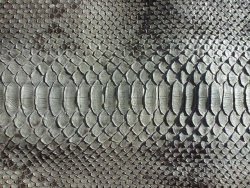
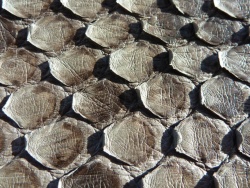
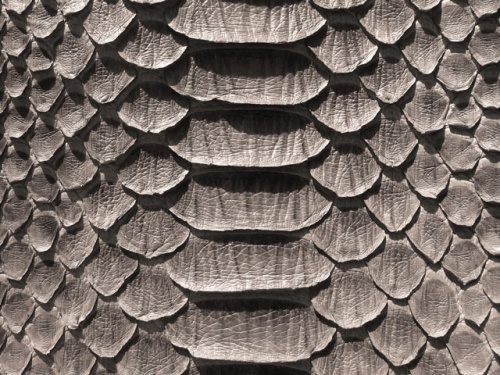
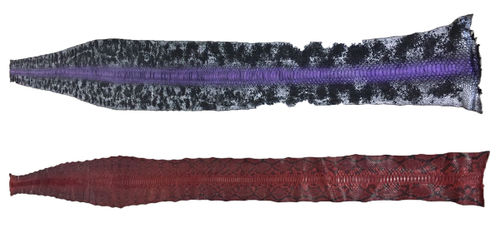
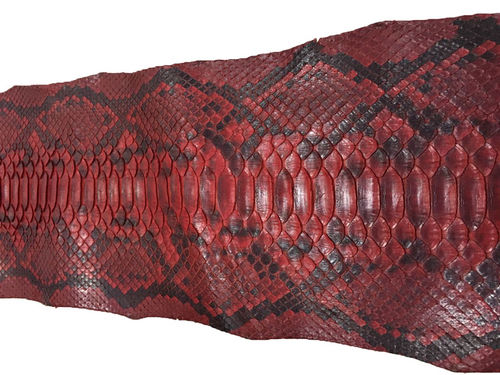
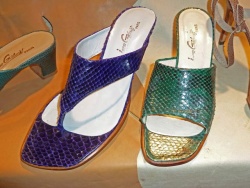
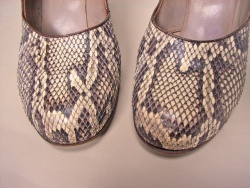
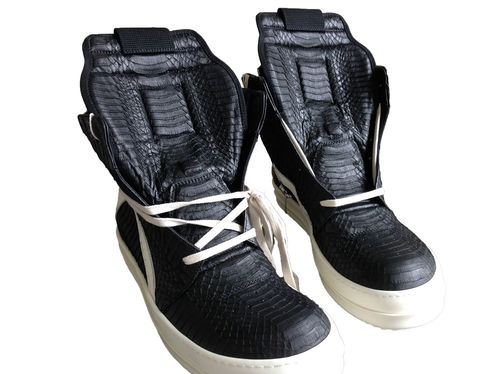
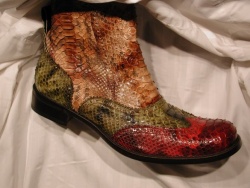
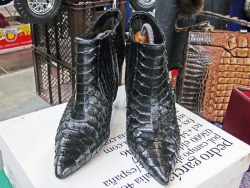
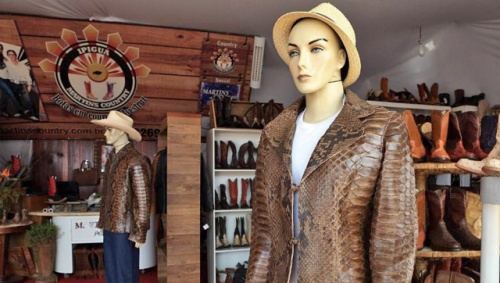
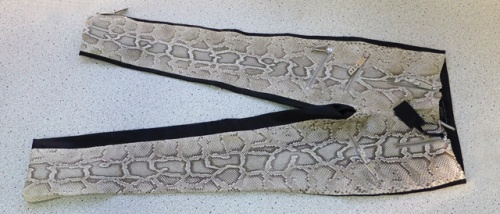
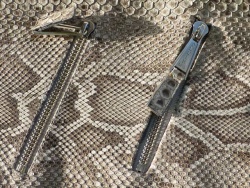
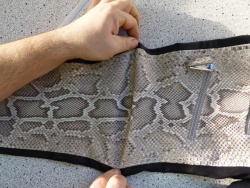
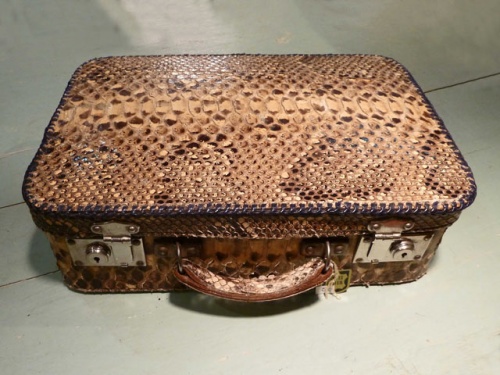
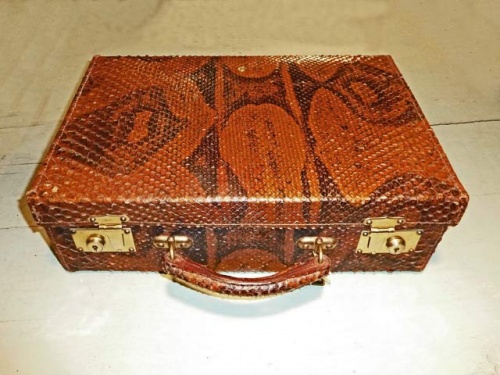
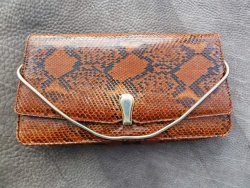
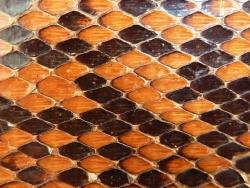
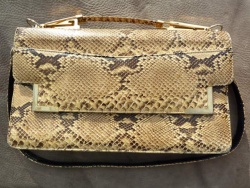
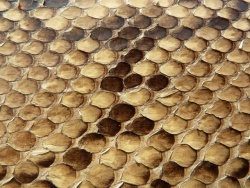
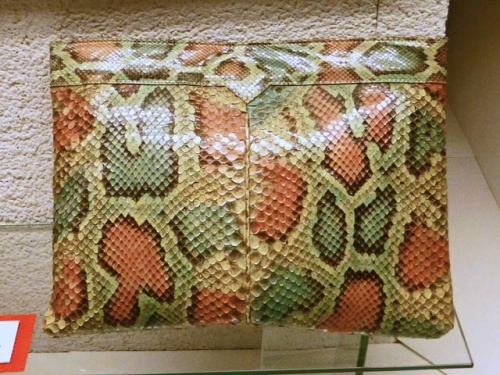
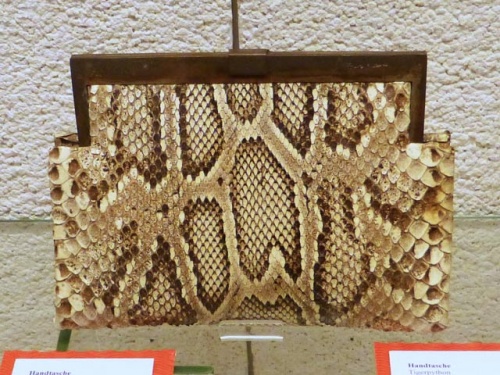
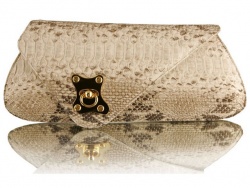
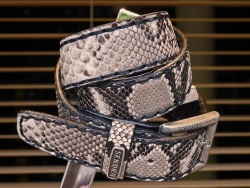
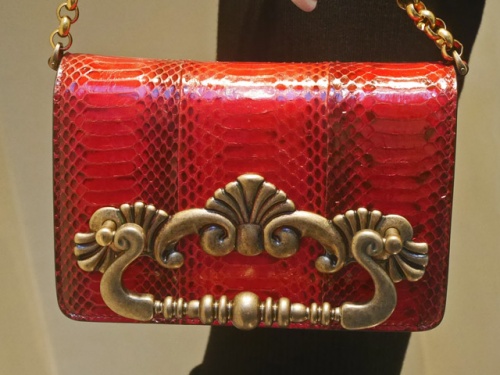
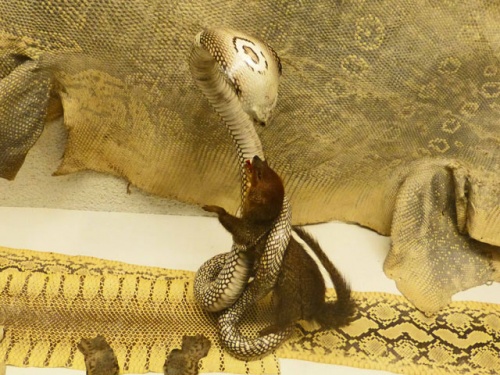
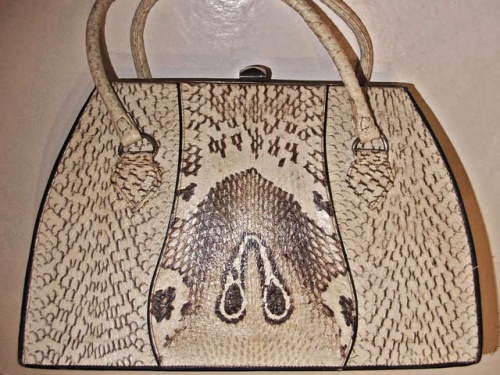
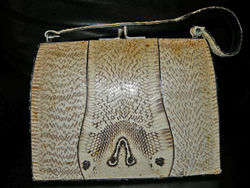
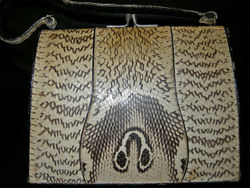
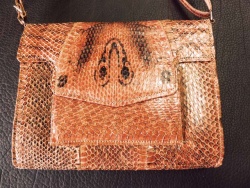
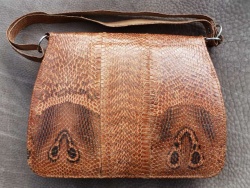
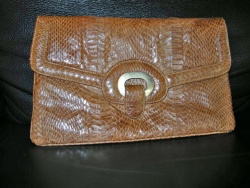
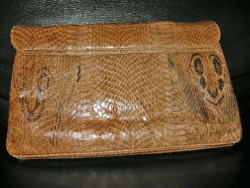
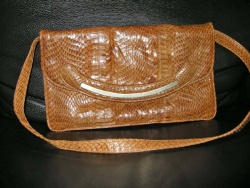
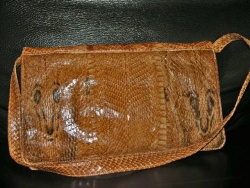
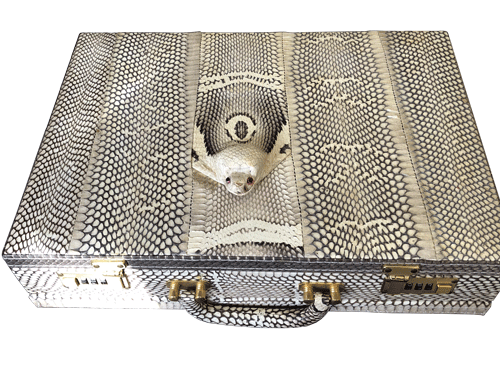
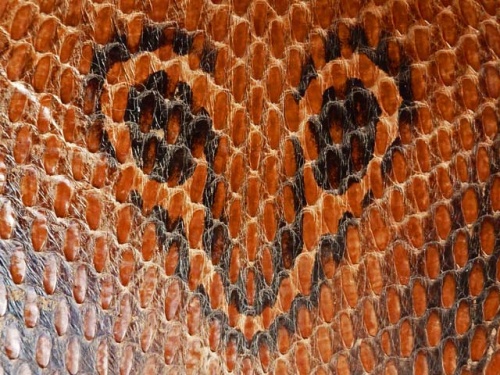
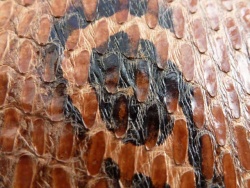
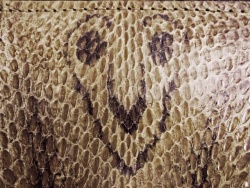
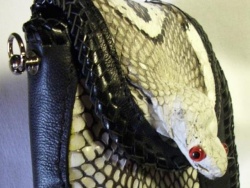
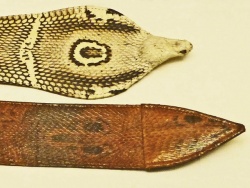
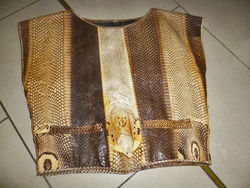
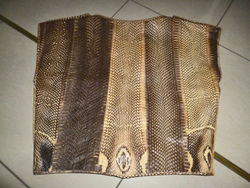
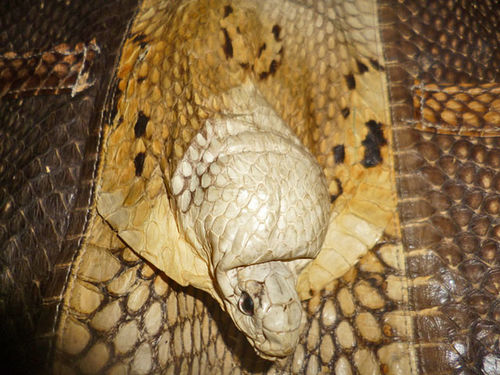
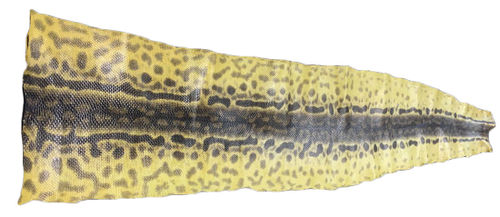
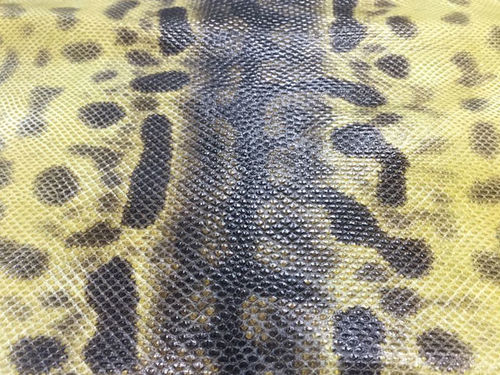
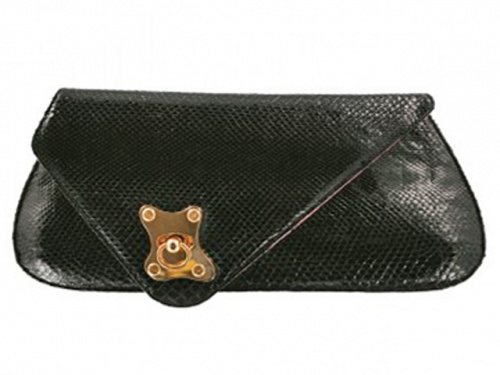
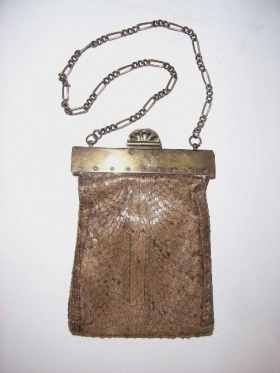
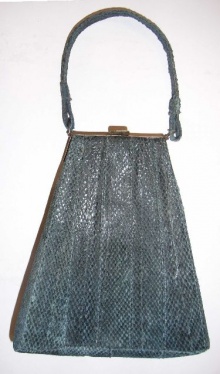
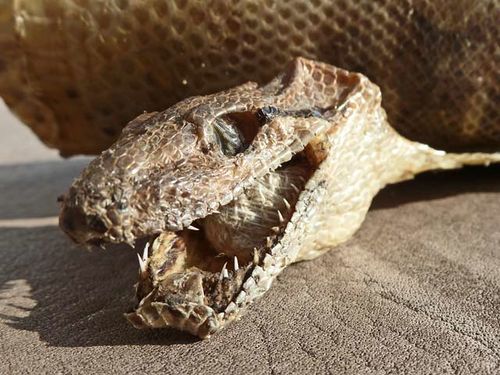
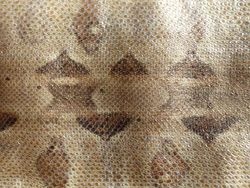
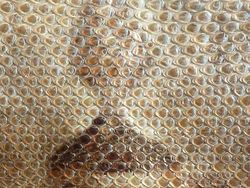
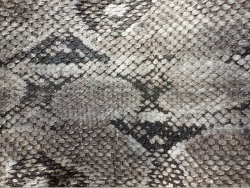
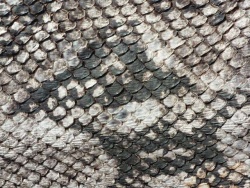
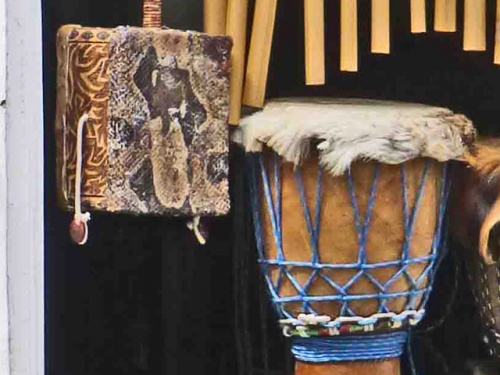
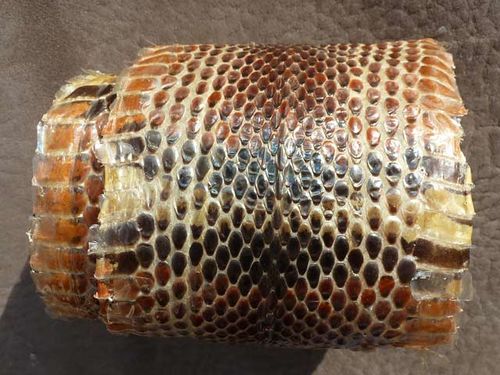
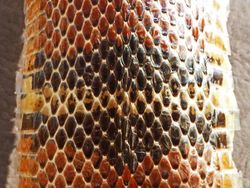
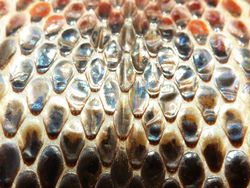
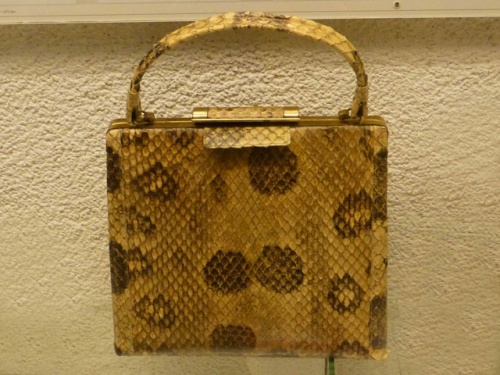
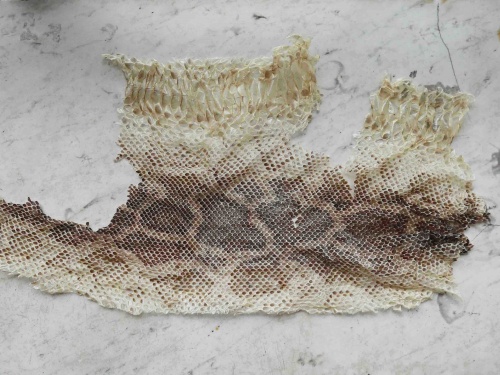
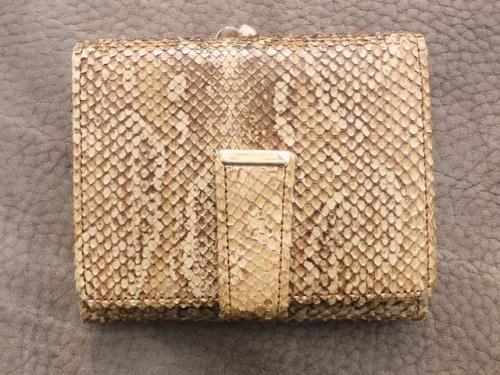
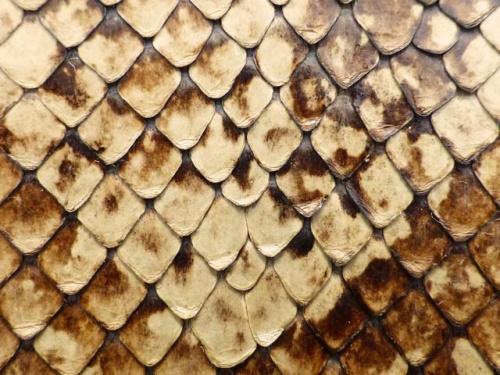
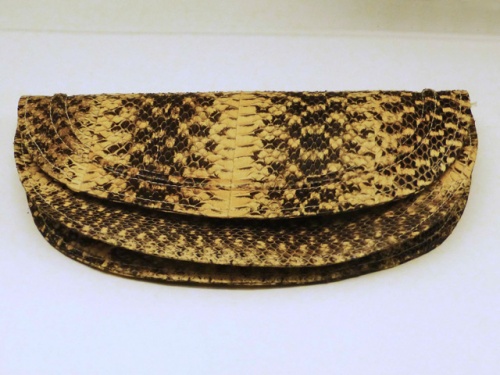
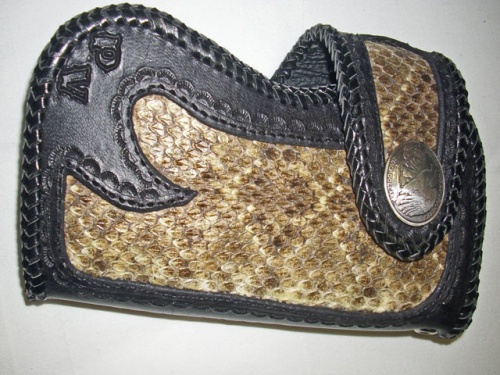
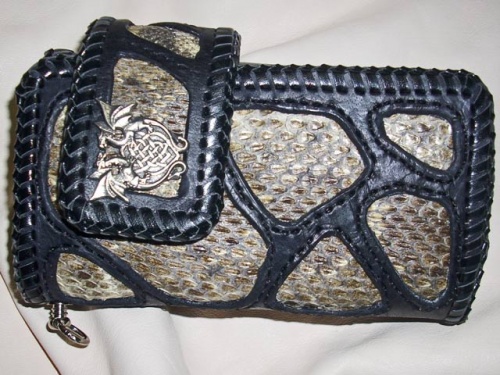
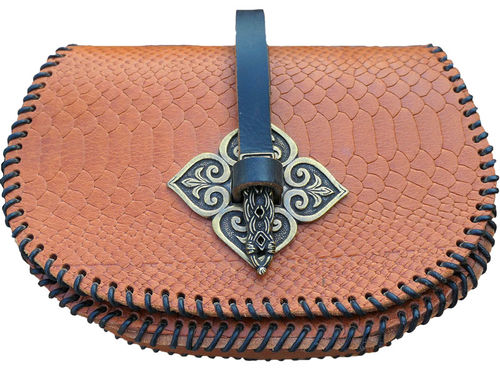
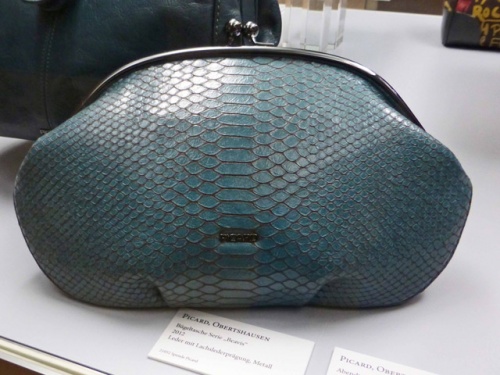
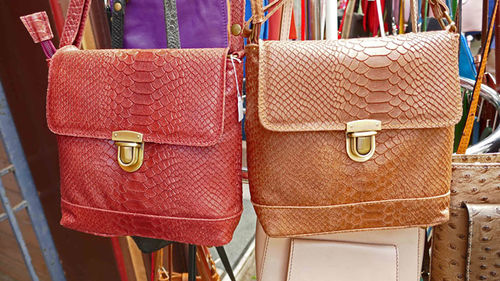
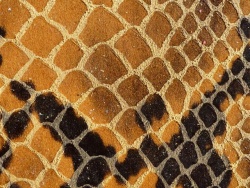
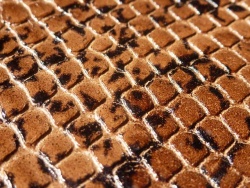
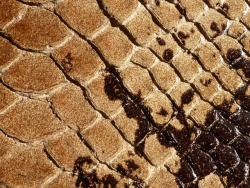
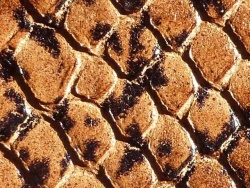
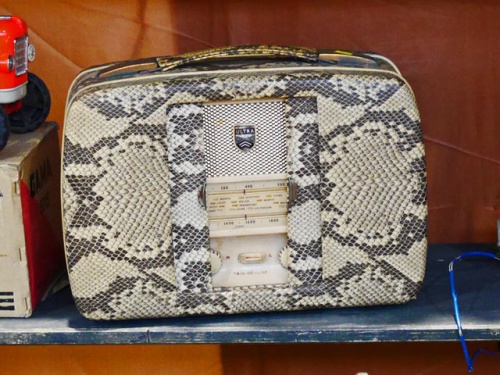
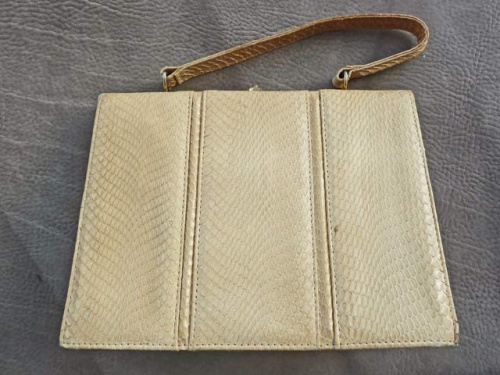


 a kotori web solution
a kotori web solution